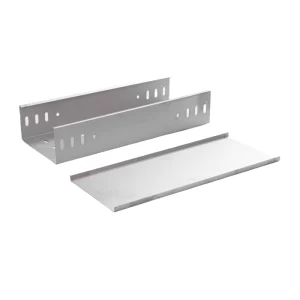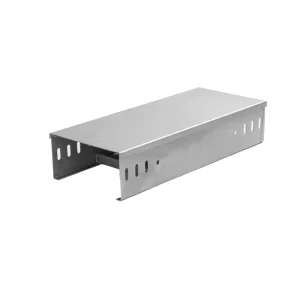The question of whether aluminum cable trays need to be grounded is a crucial aspect of electrical installations, as it pertains to safety and adherence to electrical codes. Grounding, also known as earthing, is the process of connecting a conductor to the earth to provide a low-resistance path for fault currents, protecting against electrical shock and fires. The requirement for grounding aluminum cable trays varies depending on several factors and is guided by national and local electrical codes, such as the National Electrical Code (NEC) in the United States. Here’s a detailed analysis:
1. Electrical Code Requirements
NEC Guidelines: According to the National Electrical Code (NEC), cable trays and their associated components, regardless of the material, do not typically need to be grounded as a means to provide a ground-fault return path. This is because the cables within the tray, if properly grounded at their terminations, serve this purpose. However, certain conditions and exceptions apply:
Specific Installations: In some specialized applications, such as in hazardous locations or where tray systems are used as equipment grounding conductors, grounding may be required by code.
Metallic Components: Metal cable tray systems, including aluminum, must be bonded to ensure electrical continuity and to minimize the risk of voltage differences between separate sections of the tray.
2. Bonding vs. Grounding
Bonding: It’s essential to differentiate between bonding and grounding. Bonding refers to connecting all metal parts together to create a continuous low-impedance path to equalize potential differences and reduce the risk of arcing or sparking. Aluminum cable trays, like all metal cable trays, should be bonded to ensure electrical continuity.
Grounding: Direct grounding of the cable tray itself is not typically required unless specified by special conditions or local codes.
3. Safety Considerations
Galvanic Corrosion: When different metals come into contact in a moist environment, galvanic corrosion can occur. If aluminum cable trays are in proximity to other metallic structures or grounding systems made of dissimilar metals, proper isolation or the use of insulating materials can prevent corrosion.
4. Exceptional Circumstances
Lightning Protection: In installations where cable trays are exposed to potential lightning strikes or are part of a lightning protection system, grounding may be necessary to provide a safe discharge path.
Electromagnetic Interference (EMI): In environments sensitive to EMI, grounding the cable tray can help to mitigate interference issues.
In general, aluminum cable trays do not require grounding as a standard practice, provided that the cables within the tray are properly grounded at their termination points. However, bonding of all metallic components of the cable tray system is necessary to maintain electrical continuity and safety. Always consult the applicable electrical codes and standards, as well as local regulations, as requirements may vary depending on the specific installation, location, and intended use. It’s advisable to involve licensed electricians and engineers familiar with these codes to ensure compliance and safety in any electrical installation project.



